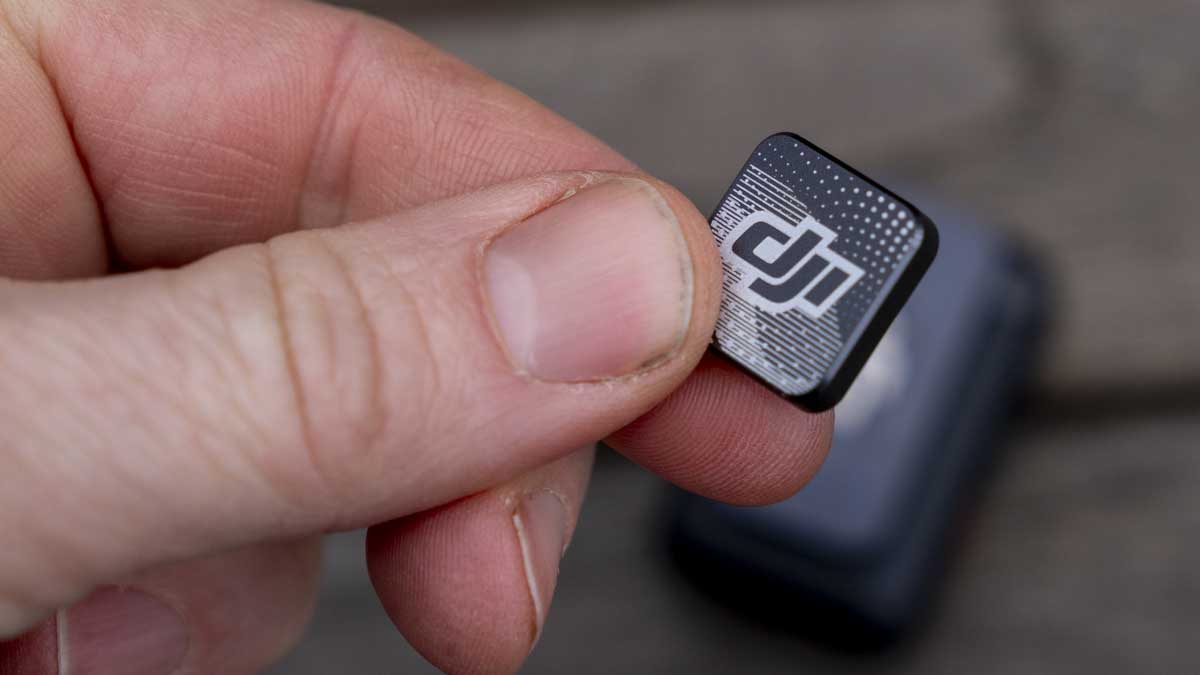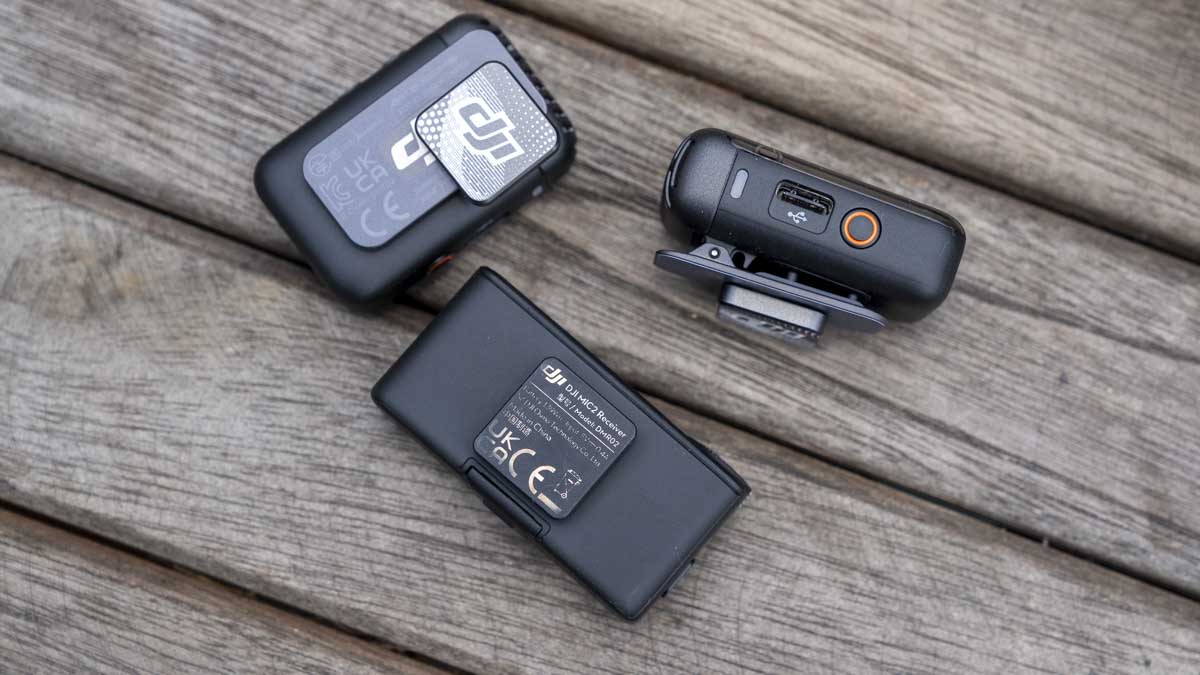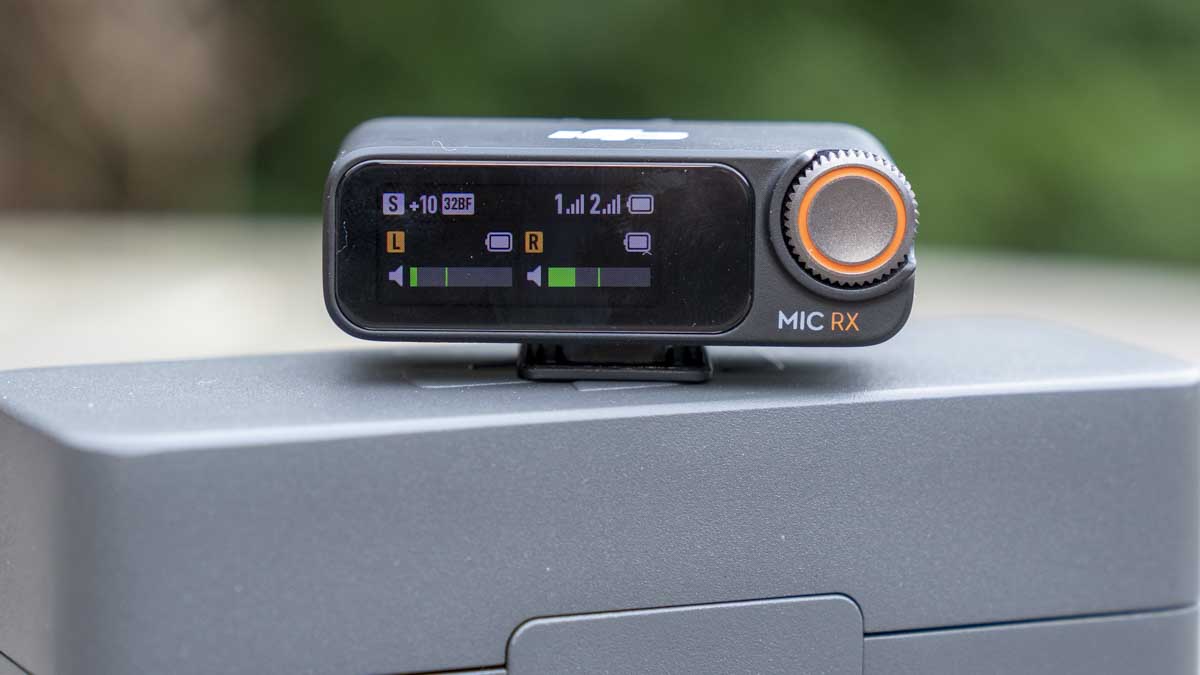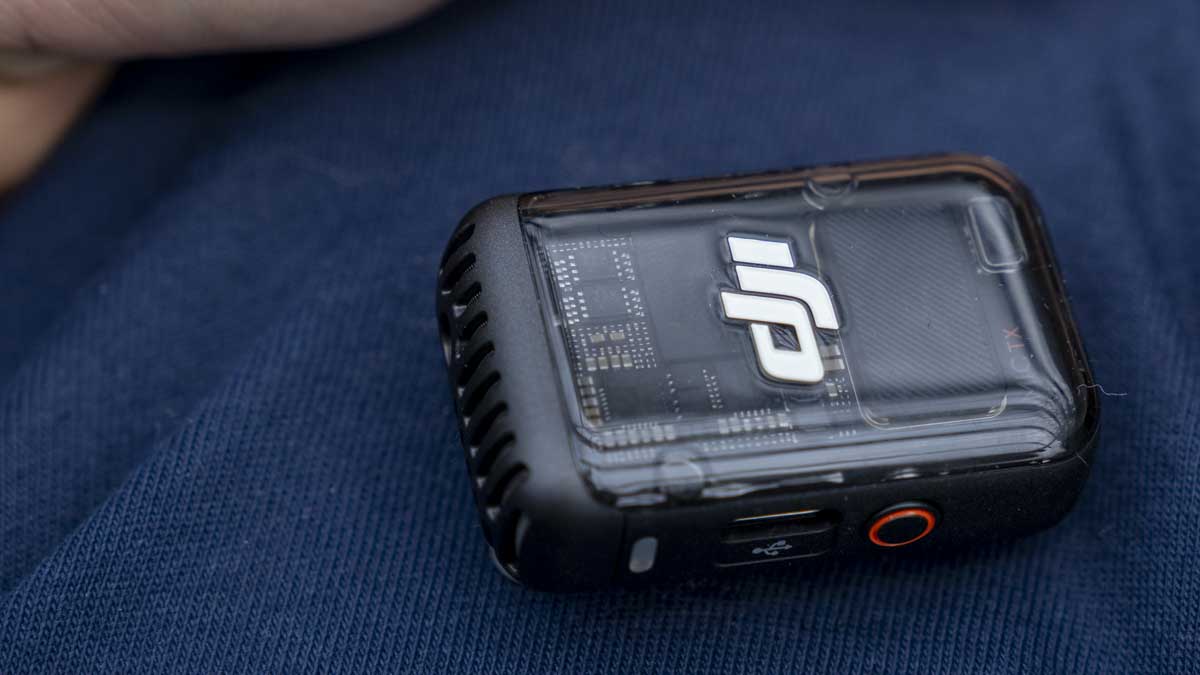The DJI Mic 2 is a two-piece wireless mic system that’s ideal for interview situations. Of course, this market is swamped with models from almost every manufacturer, so to stand out, DJI needs to do something special. The DJI Mic was good, so the DJI Mic 2 needs to be a huge step up in every direction if it’s going to get through the crowd and compete with the Rode Wireless Go system. Obviously, being DJI, they don’t want to be in with the crowd they want and need to be soring above it and at some height, so that’s what they’ve set out to do.
The Mic 2 is a dual-channel wireless microphone system, essentially two small, sleek transmitters and a receiver, all housed in a striking metal charging case that looks oh-so-good.
At its core, the DJI Mic 2 captures high-fidelity audio, and the features, options, and price will make this appeal to a wide spectrum of users, from professional videographers and podcasters to enthusiastic vloggers and content creators.
One of the standout features of the DJI Mic 2 is its standalone recording capability. Each transmitter has a built-in omnidirectional microphone and 8GB of internal storage, allowing for up to 14 hours of high-quality audio recording independent of the camera or recording device. This feature may seem a bit old hat, meaning that you have to match up the audio later. However, this way of working with audio will appeal to many filmmakers who love the flexibility of being able to record an actor with an integrated timecode that can be matched to the visual later.
The system boasts Bluetooth connectivity, which, although currently showing mixed results in terms of compatibility, holds the potential for seamless integration with various devices.
While the features and sound quality options of the DJI Mic 2 will definitely appeal to professionals and integrate seamlessly with high-end gear, they will also appeal to beginners and enthusiasts who are looking for a significant upgrade from basic audio equipment.
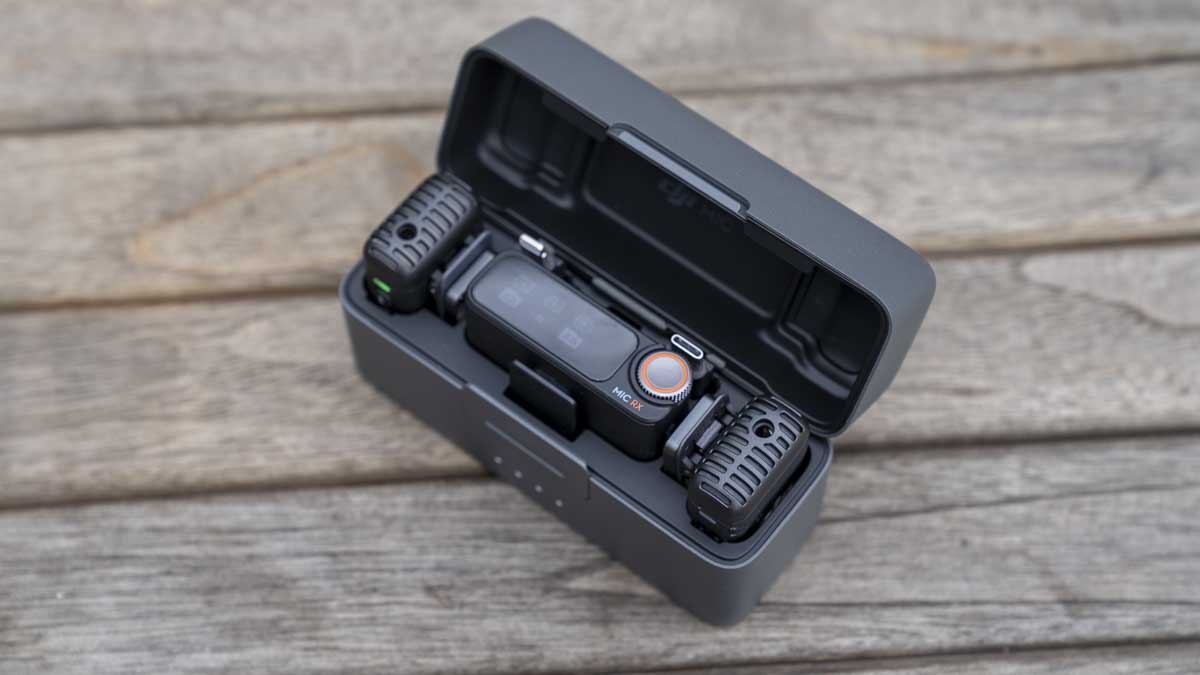
In comparison to its predecessors and competitors, the DJI Mic 2 is a notable improvement in terms of design, functionality, and overall usability. From almost any other manufacturer to nudge into this market with a product like this would be unheard of, but that’s exactly what DJI has done elsewhere with the likes of the Action camera.

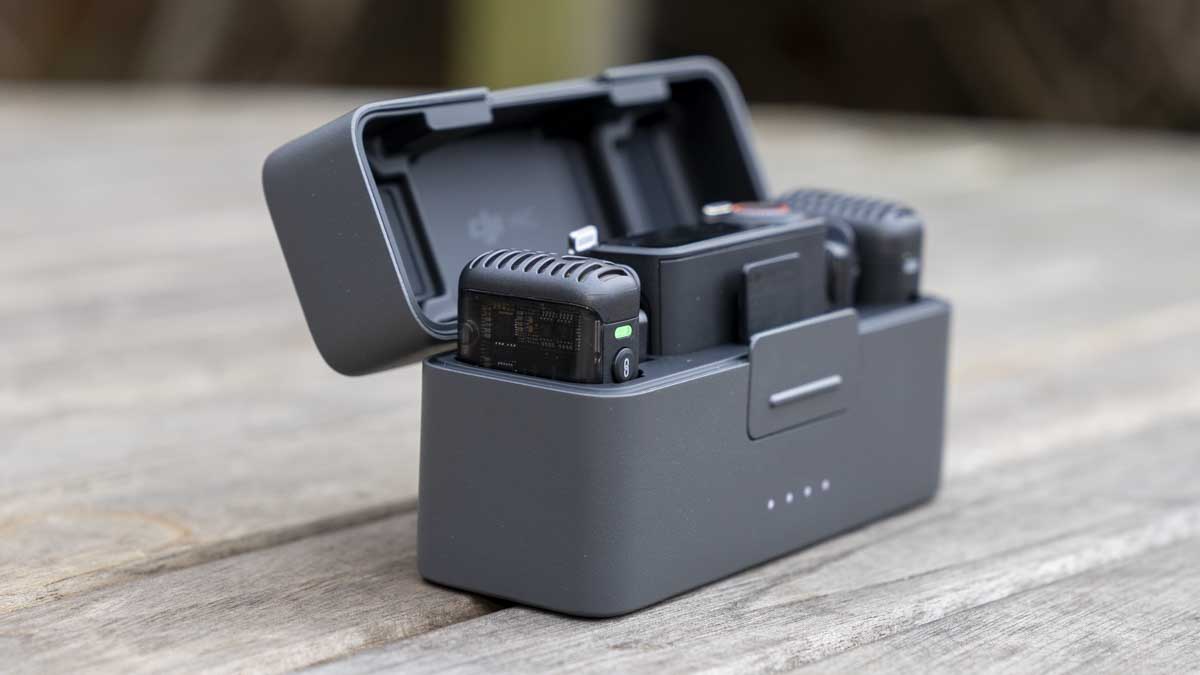




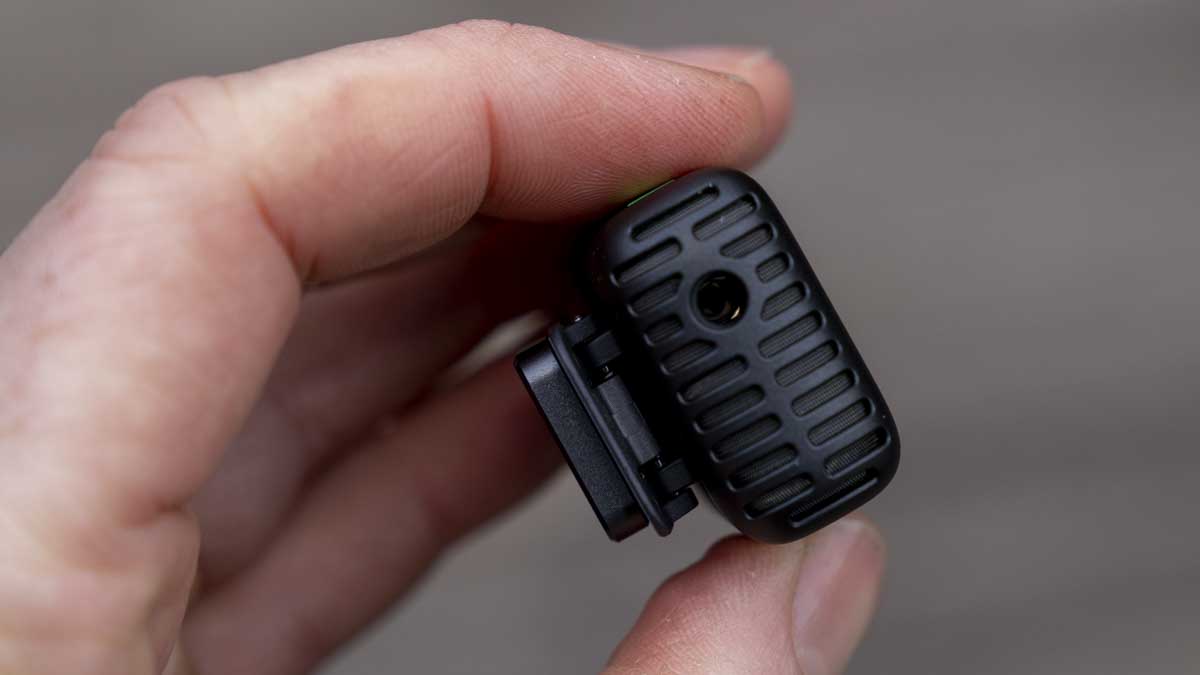
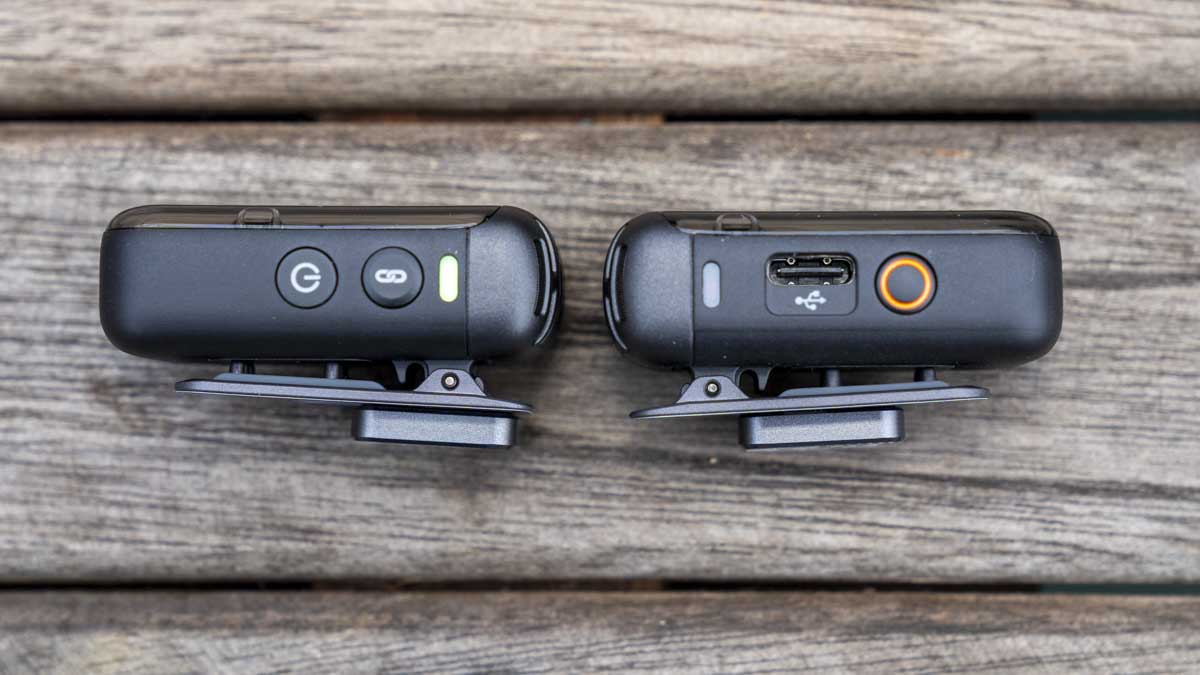 A nice touch is the dual-use buttons on the transmitters, with the record button doubling as the pairing button when switching from the receiver connection to the device. At present, this does seem isolated to DJI devices, and I hope it stretches out to other devices in the near future.
A nice touch is the dual-use buttons on the transmitters, with the record button doubling as the pairing button when switching from the receiver connection to the device. At present, this does seem isolated to DJI devices, and I hope it stretches out to other devices in the near future.